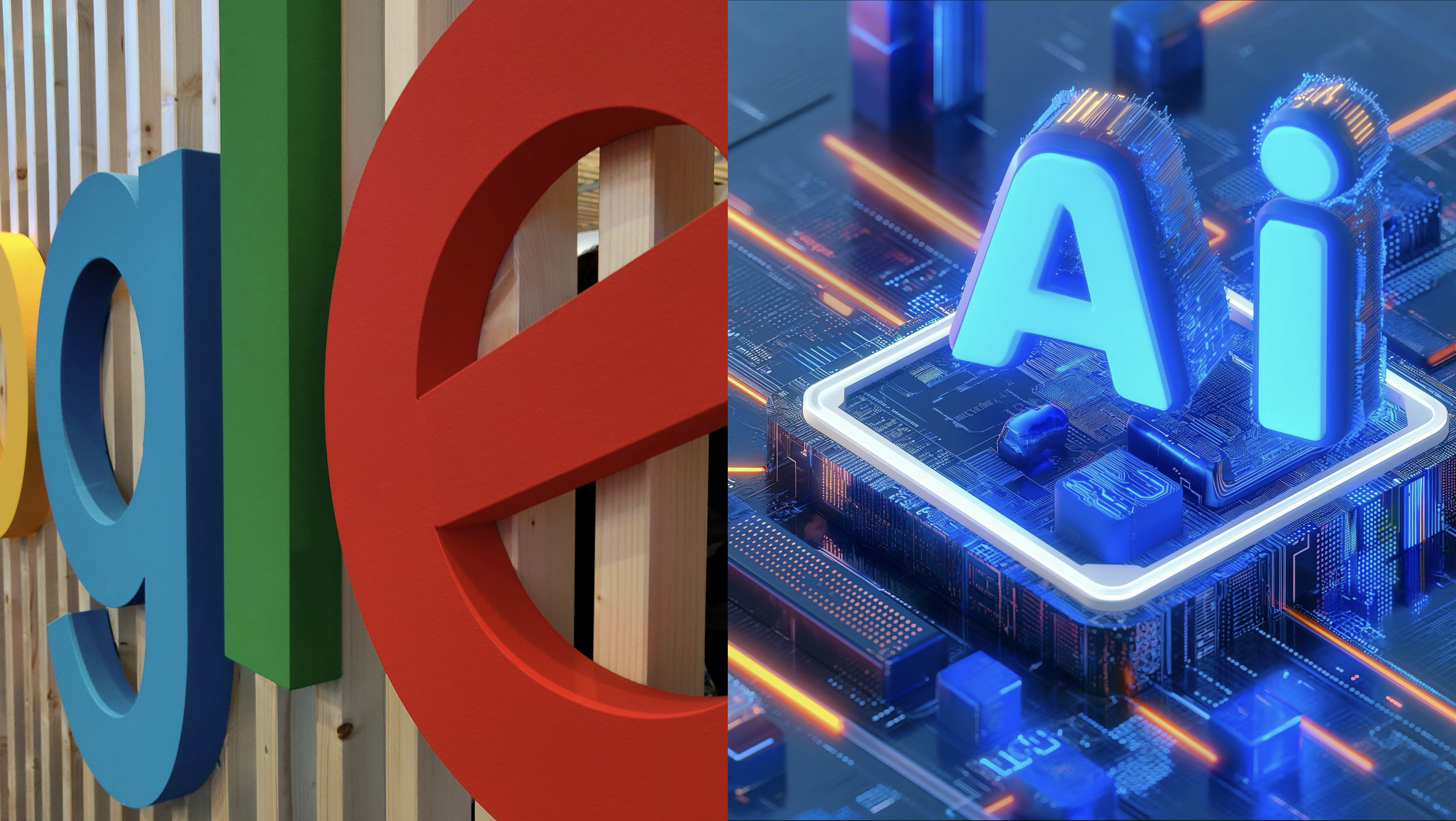Google is rebuilding search from the ground up, and advertisers need to be ready for more than just another algorithm update. At I/O 2025, the company unveiled AI Mode, a Gemini-powered, chatbot-style experience that replaces traditional blue links with conversational responses. Users can upload photos, ask multi-step questions, and even trigger in-chat purchases. This is not an experimental feature buried in Search Labs. It is now live for U.S. users and represents Google’s boldest attempt yet to stop the erosion of its core search business.
AI Mode works by using an AI agent to break down a user’s question into multiple layers of subqueries. It then issues those subqueries simultaneously, scours a wide range of data sources and real-time feeds, and synthesizes a summarized answer. For example, if a user asks, “Find a stylish but affordable carry-on bag that fits under the seat and matches my charcoal-gray coat,” the agent might pull product data, reviews, images, and availability from multiple retailers, compare pricing, filter by compatibility with airline policies, and then return a curated, citation-rich list with purchase options—all without the user clicking through to any individual website.
Google is releasing AI Mode as the company faces threats from all sides: Perplexity, ChatGPT, Apple potentially integrating AI alternatives into Safari, and a federal antitrust case that could result in major structural changes to Google’s business. Meanwhile, users are changing. They want answers, not links. They want transactions, not steps. That shift has implications not just for SEO, but for the entire advertising ecosystem.
If you work in paid search, display, or programmatic media, now is the time to rethink how you show up in a world where AI, not the user, does the heavy lifting. Below are five concrete ways to do that, rooted in how AI systems work and where digital advertising is going.
Optimize for Context in Addition to Queries
AI agents don’t match on exact keywords. They interpret intent based on the full context of a query—often including visual input, personal data, and past interactions. If your ads, product feeds, or content strategies are still exclusively keyword-led, you’re behind. Instead, advertisers should also build context-aware campaigns that align with user intent. Use audience signals, real-time product data, and behavior-based retargeting to align with what AI systems are likely to surface as the most relevant result.
Rethink Your Creative Pipeline for AI-Native Formats
The static headline-description-CTA format of traditional display ads isn’t built for AI surfaces. AI Mode, Perplexity, and ChatGPT are moving toward immersive and interactive ad formats that behave more like content than interruption. Smart brands will prepare modular creative assets that can be dynamically assembled, not just resized. Think conversational templates, dynamic product descriptions, localized messaging, and assets enriched with semantic tags. Design for discovery.
Push Your Product Data Strategy far Beyond Feed Hygiene
As noted, Google’s AI Mode relies on real-time, structured product data to recommend and even purchase items directly in chat. But this isn’t just about uploading a clean feed to Merchant Center. Advertisers should enrich product metadata with reviews, sustainability attributes, compatibility info, and use-case tags. For example, don’t just say “carry-on luggage.” Include dimensions, weight, materials, and traveler personas so that when a user asks for a soft-sided carry-on that fits under the seat and matches a gray coat, your product is the one Gemini recommends.
Build Strategies for AI-to-Human Handoff
Not all user journeys will end inside an AI summary. But by the time a user clicks out to your site, they’ll be mid-funnel, armed with expectations shaped by an AI assistant. Make sure your landing pages confirm, not confuse. Use single-topic pages, immediate trust signals, and UX that reflects the query context. And track these visits differently: traditional last-click attribution won’t tell you that an AI assistant did the qualifying for you. Use modeled attribution and first-party behavioral analytics to understand AI-originated paths.
Extend Your Planning Lens Beyond Google
OpenAI has signaled interest in monetizing ChatGPT, and reports suggest the company may explore sponsored content or advertising integrations in the future (though no official sponsored answers program has been launched as of now). Perplexity offers promoted citations. Amazon is building AI shopping guides. Apple is exploring integrations of Gemini and ChatGPT. The age of search as a Google monopoly is ending. Smart advertisers will develop creative and targeting strategies that travel across AI environments, not just Google. This means monitoring how your brand appears in AI summaries, understanding what language the models associate with your brand, and testing new inventory sources that blend paid and organic presence.
AI Mode is just the beginning. Search is becoming multi-modal, memory-aware, and task-completing. Brands that thrive in this next chapter will not just buy impressions. They’ll design experiences that AI agents want to recommend. And that means playing by a new set of rules written for answers, not links.
True Interactive can help you succeed as search changes. Learn more about our paid media and analytics capabilities.
